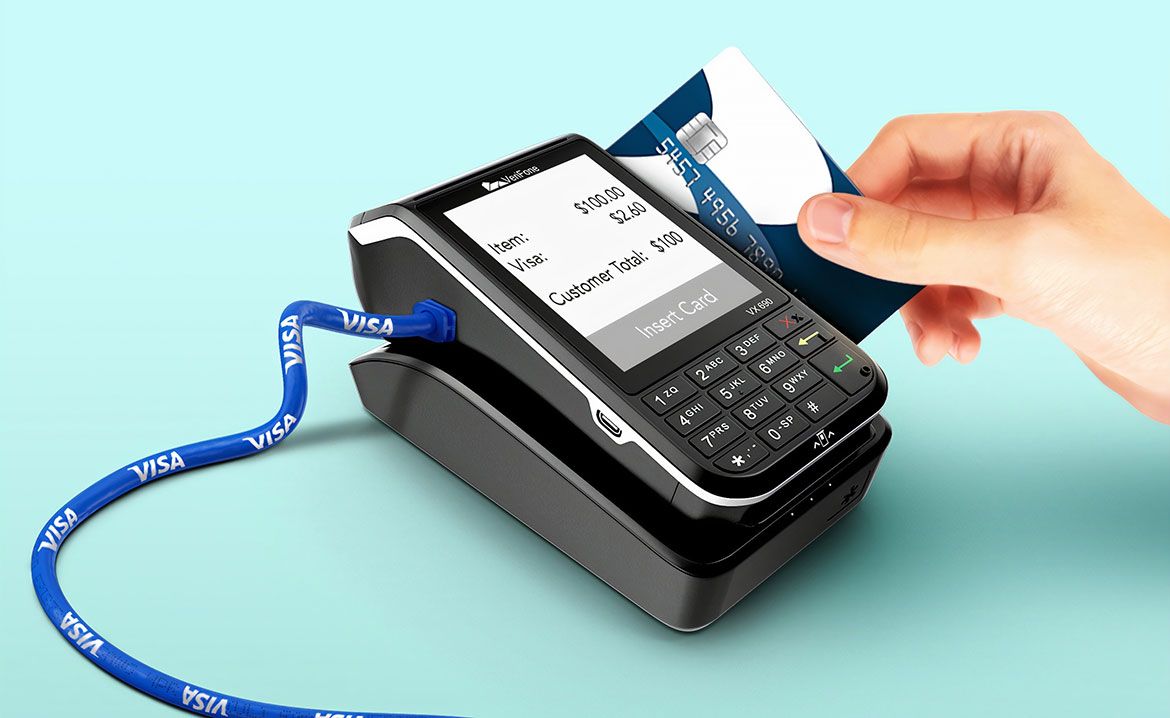They say the best things in life come for free, but that’s not true. Your product’s not free, although it is very reasonably priced. Why then, has your client failed to pay on time? Well, far from leaving a Godfather-esque horse’s head in their bed, there are certain ways to approach an all-too-familiar situation.
Fresh off the back of following up with a client after a quotation, NetHunt are here to address those niggly little jobs; the ones that make us cringe because it feels like we’re being a pain in the ass; the ones that if we get it wrong, we can lose a lot of face.
This is how to remind a client to pay you, when their payment deadline has already passed.
The Six Commandments of a Payment-Chasing Email
The following six must-haves and must-dos for your payment-chasing email are essential to secure your payment in a timely manner, whilst making sure you maintain a positive, withstanding brand-customer relationship.
- Check that the client actually received the invoice...
First things first, and it might seem obvious, but you’ll look like such a dunce if you never actually sent the invoice, or if it’s stuck in your outbox. Make sure everything is correct on your end before you take your query to a customer. Re-asking for a payment that you’ve not already asked for doesn’t exactly scream professionalism.
“Just writing to make sure you received the invoice I sent you on [day], because I haven’t heard back from you…”
If you’re sure everything is right on your end, asking whether they received the invoice is a handy little way to approach an awkward subject. If they haven’t received it, you’ve just asked a very good question. If they have received it, you’ve just given them a gentle little nudge to pay up.
- Assume the best...
When a customer forgets to pay, your first thought shouldn’t be that they’re stealing from you. Instead, assume that they either forgot the payment date, or got it confused. This also means that you shouldn’t be on their tail as soon as possible, and there should be some flexibility on your side to help a client get their affairs in order.
As a rule for non-urgent payments, you should implement a 2 working day flexibility period.
Understand that a customer might be facing some minor cash-flow issues or have a totally valid reason for being late. You don’t want to seem overly pushy, or too money-driven. Remember that you are, above everything, there for the customer. Customer centricity is essential for improving those all-important customer retention rates.
- Give your client options...
Make sure that your original invoice contains all the correct payment information. It probably does, seeing as though it’s pre-templated, but there’s no harm in being sure. If it does, consider that a client might be having trouble with the payment method you provided. Be flexible; provide alternatives.
“I’m just doing my accounts for the last week and I noticed you have an outstanding payment. If you’re having trouble with [method], can I suggest [alternative] or [alternative]?”
- Use a CRM...
Obviously. It’s easy for an email to be automatically sent to spam these days, and that’s bad news for your big-money invoice. You can implement software, like a Gmail CRM, that helps you keep on top of all your email processes. On top of integrations with accounting systems to notify users when a payment has been made or missed, mail merge features help personalise emails and prevent them hitting that dreaded spam box, and automated reporting informs users when an email has been opened.
- Don’t know what a Gmail CRM is? Find out, here!
- Find out more about automating your sales processes!
- Sign up for a 14-day free NetHunt trial!
- Be polite, but direct...
Manners maketh (wo)man. At least, that’s what they taught me in school. In business, this doesn’t necessarily mean saying please and thank you, but rather remaining impartial, keeping any opinions you have to yourself, and only stating facts. On top of that, fake friendliness doesn’t really benefit anybody; being rude is just… rude.
It’s important to read the room when you’re re-asking for a payment. Ask yourself whether a customer has any reason not to pay; could they be angry at your business for any reason? Did they get some bad service, or is the product likely to be faulty? If the answer is yes, check out How to Work with Upset Customers over on the NetHunt blog!
- Time it right...
Timing is everything when you’re sending an email. The best day to send an email is Tuesday, then Wednesday, followed by Thursday. Meanwhile, the most common time of day for people to check their inbox is between 5am and 6am… which I can’t quite get my head around. Still, a random time is better than a rounded one, better to send at 5:16am than at 5am on the dot.
🔥 NetHunt’s Top Timing Tip 🔥
If you can’t be bothered to sit around, waiting for the perfect time to send an email, take advantage of Gmail’s schedule send feature. You can send an email at an inconvenient time, and have it opened at a convenient time for your recipient. Find out more about that, and other Gmail productivity hacks, here!
How To Structure A Payment Chasing Email
Your email needs to be structured correctly to ensure your recipient receives the information correctly. Much like a cold email, you need a subject line, a greeting, a main body, a sign off, and a signature.
- Subject Line
Your subject line should be clear, concise, and no longer than 10 words long. If you’ve got an invoice reference number or an order number, it’s best to stick that in there as well to make sure the recipient understands exactly what your email is about. If a payment is very overdue, it’s a good idea to put URGENT at the beginning to prove you mean business.
- Main Body
Your greeting shouldn’t be too formal, nor strict. A friendly “Hello” will suffice. If you’re on first name terms with your recipient, a “Dear, [customer]” also works. On the other hand, “To Whom It May Concern” makes you sound like Henry VIII, don’t use it. Remember, we’re trying to get our money back, but we’re also trying to maintain our relationship with the customer.
The main body shouldn’t be long, it shouldn’t waffle, nor should it get distracted. Try and keep your email between 50 and 100 words so that your message doesn’t get lost. You’ll see what I mean in the templates I’ve provided below. As a rule, you should always attach the original invoice you are referencing, list possible payment alternatives, and another thank you for their custom.
- Sign Off
Apart from sending your chase-up email from a professional email address, your customer deserves to know exactly who is asking for money. After the regular pleasantries “All the best, [name]”, you should include your email signature.
Three Chase-up Email Templates
We’re good, but you didn’t realise we were this good. We’ve put together three templates for different points on the Chase-up timeline. The first is a gentle reminder, to be sent the day before an invoice is due. The second is for when an invoice is ‘early-late’ by two-to-five working days. The final template is for when an invoice is ‘late-late’, by five or more working days. Just fill in the bold, bracketed information with details specific to your situation.
Template #1: A Gentle Reminder - 1-2 days before an invoice is due.
Subject: [their business name] invoice outstanding [#reference number]
Hi, [their name]
I hope you’re well.
Just a quick one to remind you that we have an outstanding invoice for the [product] you bought. The invoice number is [#reference number] and it’s due for payment on [date due].
I would be grateful if you could confirm that everything is on track for payment.
All the best!
[your name]
[your signature]
Template #2: Early-Late - 2-5 days after an invoice is due
Subject: [their business name] invoice due [#reference number]
Hi [their name]
I hope you are well.
We have yet to receive payment from yourselves of [amount owed] in respect of your invoice [#reference number] which was due for payment on [date due].
I would be grateful if you could let me know when we can expect to receive payment. If there are any problems, let me know!
All the best.
[your name]
[your signature]
Template #3: Late-Late - 5+ days after an invoice is due
URGENT: [their business name] invoice [#reference number] overdue.
Hi again, [their name]
I hope you are well.
We have yet to receive payment from you of [amount owed] in respect of our invoice [#reference number] which was due for payment on [date due].
This invoice is now [number of days overdue] days overdue and we need an update with regard to it. Please could you let us know about when payment will be made as a matter of urgency.
All the best,
[your name]
[your signature]
As the Godfather, Don Corleone, famously said “leave the gun, take the cannoli”. You’ve got to be kind to be cruel.
Table of Contents
Crack the sales formula with CRM Lab
Twice a month, receive actionable CRM content to your inbox.


